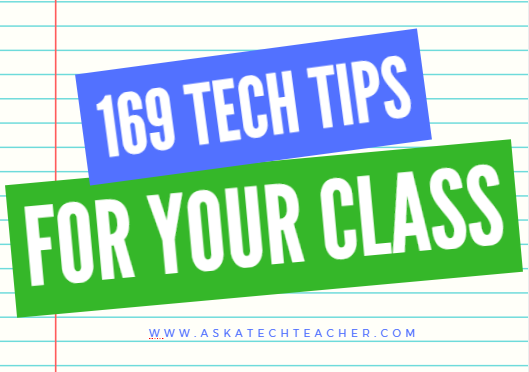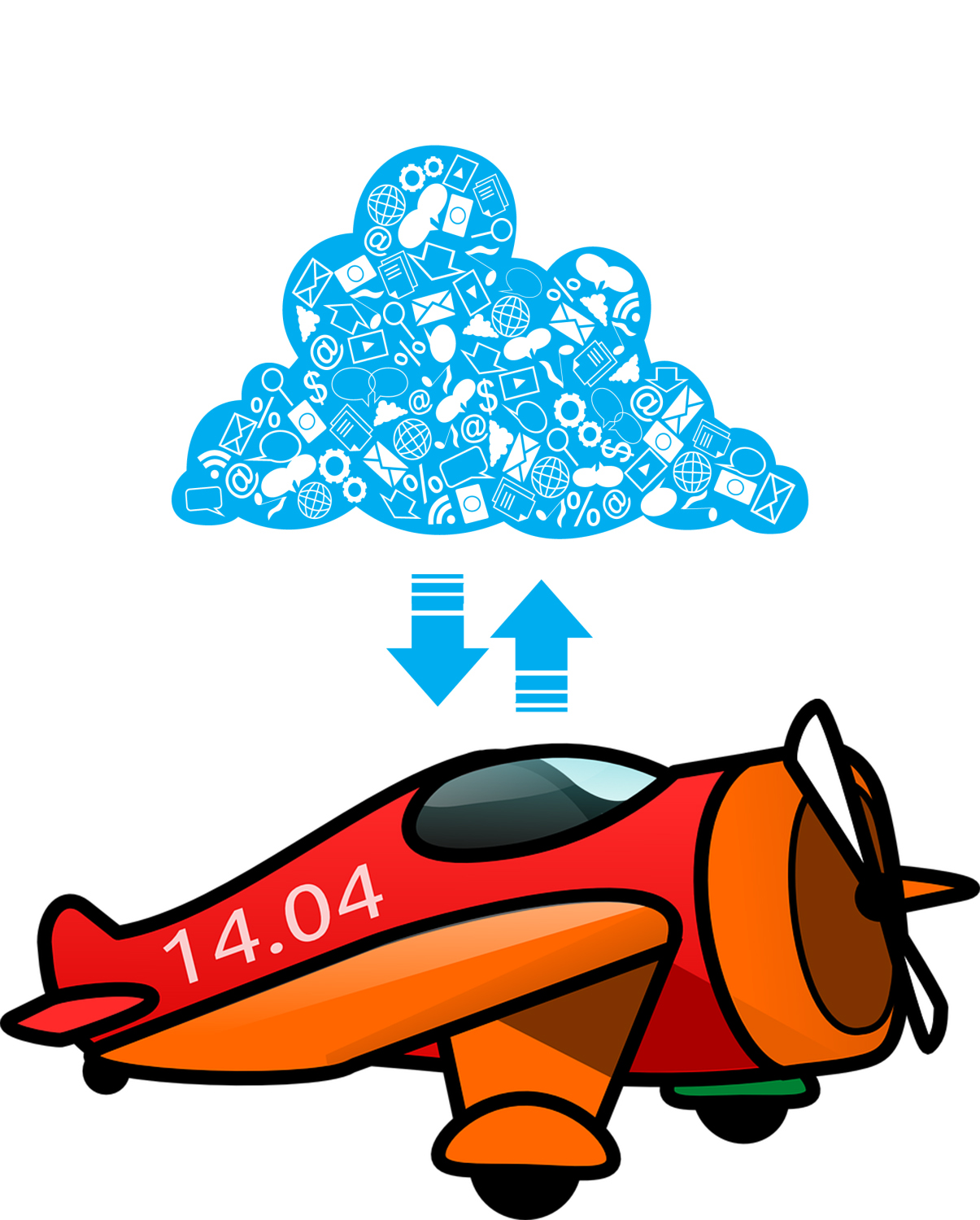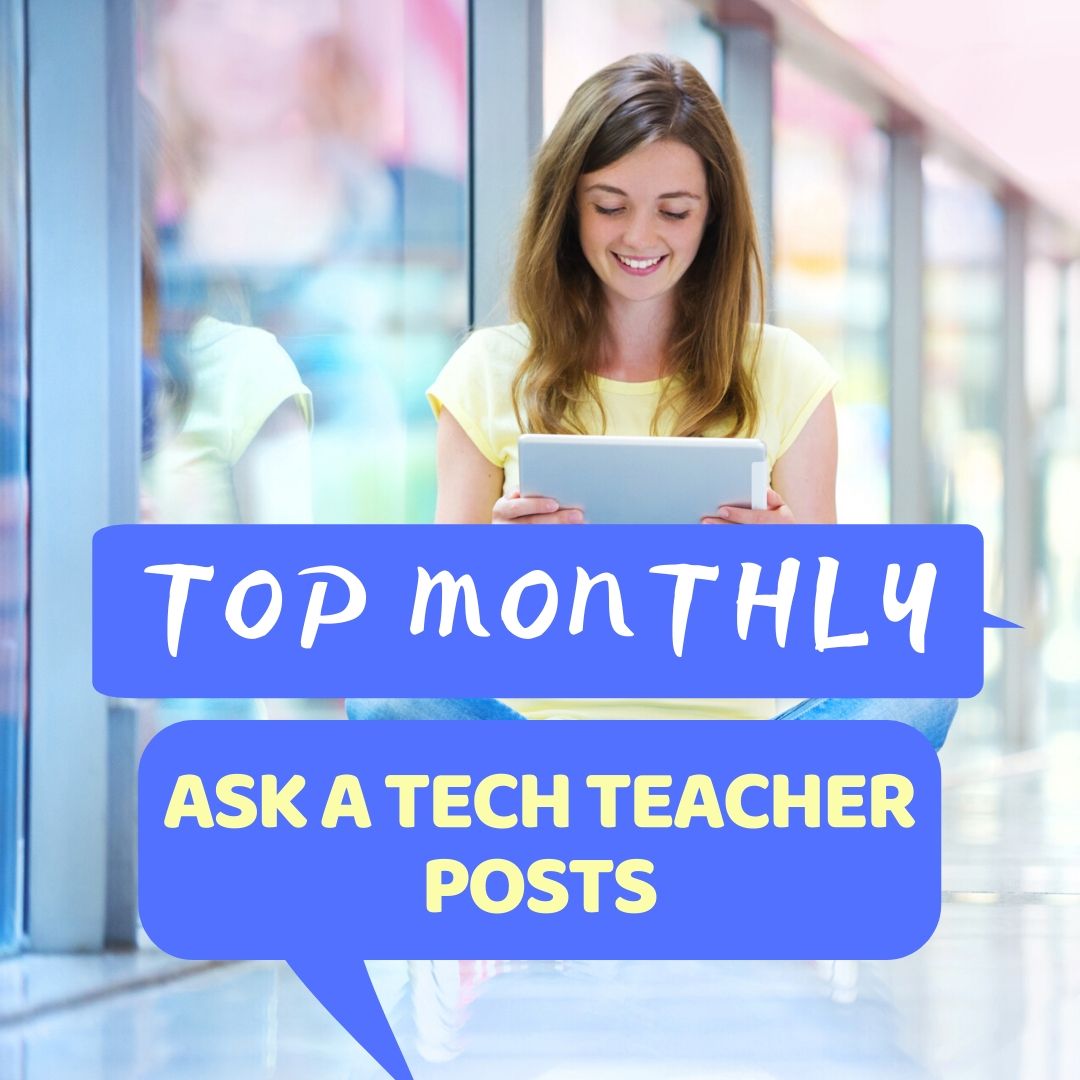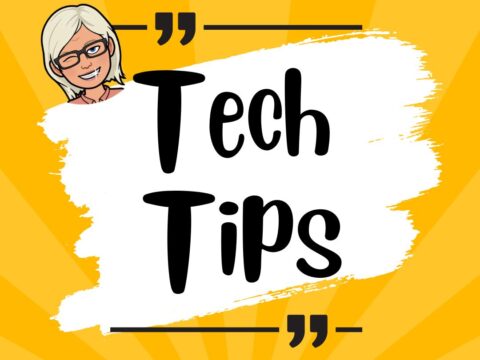In these 169 tech-centric situations, you get an overview of pedagogy—the tech topics most important to your teaching—as well as practical strategies to address most classroom tech situations, how to scaffold these to learning, and where they provide the subtext to daily tech-infused education.
Today’s tip: Basics in Every Lesson Plan
Here are four skills to be included and reinforced in every lesson plan. Don’t teach them! Blend them into your core lessons, as part of the workflow. Include them as you do when you teach reading (in non-reading classes), using a pencil, and handwriting:
- Keyboarding
- Digital citizenship
- Vocabulary
- Problem solving
For the other two, watch this video:
–summarized by NoteGPT
Summary
In this informative video, Jacqui Murray discusses effective technology integration in K-8 classrooms, highlighting the current supportive landscape for using technology in education. Murray emphasizes that this is an ideal time to be involved in teaching technology, whether or not one considers themselves a tech expert. The discussion begins with an introduction to Murray’s extensive experience in education, focusing on technology’s role in lesson delivery and integration into the curriculum. She introduces six key topics or “strands” that are essential for creating engaging lessons that reflect modern educational standards, blending subjects together rather than treating them in isolation.
The six strands include digital citizenship, keyboarding skills, problem-solving, research skills, vocabulary expansion, and publishing and sharing. For each topic, Murray offers practical strategies for teaching and integrating them into existing lesson plans. She talks about how to establish a foundation of digital citizenship by making students aware of online safety and etiquette from early grades. Murray discusses the necessity of keyboarding skills in today’s tech-driven world and how to incorporate them seamlessly into instruction.
Murray further explores the importance of problem-solving skills, encouraging students to troubleshoot and find solutions independently. She emphasizes safe and effective research tactics, urging students to critically evaluate sources. Expanding vocabulary through digital tools is highlighted, as is the critical element of sharing and publishing student work for collective learning and empowerment. Ultimately, Murray encourages teachers to view these strands as a cohesive framework that enhances learning and prepares students for future academic challenges.
Highlights
- 🎓 The importance of blending subjects to create cohesive lessons that reflect modern educational standards.
- 💻 Digital citizenship is essential from an early age, requiring ongoing discussions about online safety and etiquette.
- ⌨️ Keyboarding skills should be integrated into lessons, enhancing students’ competency with technology.
- 🛠️ Problem-solving skills transform students into independent learners who can troubleshoot tech issues.
- 🔍 Research skills empower students to critically evaluate sources, making them more informed consumers of information.
- 📚 Vocabulary expansion is essential in education, encouraging students to actively engage with words and definitions.
- 🔗 Publishing and sharing student work creates a sense of community and enhances collaborative learning.
Key Insights
- 🌐 Digital Citizenship is Essential: Murray highlights that it’s crucial to integrate discussions about digital citizenship into lessons at every grade level. This approach trains students to navigate the online world safely and responsibly, emphasizing that education about digital behavior is continuous and should evolve as students progress in their understanding of technology.
- 💡 The Role of Keyboarding Skills: Teaching keyboarding isn’t merely an added layer; it’s essential for enhancing classroom efficiency. By embedding keyboarding education into daily lessons, teachers equip students with necessary tools for success across subjects. This practice fosters dexterity that will serve students well in their digital interactions, allowing them to focus more on the content rather than the act of typing.
- 🔄 Encouraging Problem-Solving: Murray’s emphasis on fostering problem-solving abilities reflects a shift toward student autonomy in learning. By guiding students to find solutions independently, teachers streamline classroom management and empower students to take control of their learning experiences, ultimately making the educational process more dynamic.
- 🔍 Effective Research Skills: Educators must emphasize the importance of teaching students how to ascertain reliable information online. By preparing them to discern reputable sources from biased or misleading content, students become not only consumers of knowledge but also critical thinkers capable of navigating the complexities of information on the internet.
- 📖 Vocabulary Matters: The intentional teaching of vocabulary through multiple mediums can enhance comprehension and engagement. Murray suggests that using technology to aid vocabulary acquisition allows students to seek definitions and gain deeper understanding dynamically, rather than superficially glossing over complex content.
- 🌐 Collaborative Learning Through Sharing: Emphasizing the importance of publishing and sharing work transforms how students interact with their learning. In fostering an environment where students contribute to a collective body of knowledge not only democratizes learning but also leverages peer feedback for continuous growth, helping students to learn from one another.
- 🤝 Integration Across Subjects: Murray’s call for the integration of the six strands across disciplines underlines education’s interconnectedness. Teachers should consider these elements as intertwined rather than isolated, optimizing educational outcomes by enhancing student engagement and contextual understanding across subjects.
To finish up, read this article:
“What is the 21st Century lesson plan”
Sign up for a new tip each week or buy the entire 169 Real-world Ways to Put Tech into Your Classroom.
What’s your favorite tech tip in your classroom? Share it in the comments below.
Here’s the sign-up link if the image above doesn’t work:
https://forms.aweber.com/form/07/1910174607.htm
“The content presented in this blog are the result of creative imagination and not intended for use, reproduction, or incorporation into any artificial intelligence training or machine learning systems without prior written consent from the author.”
Jacqui Murray has been teaching K-18 technology for 30 years. She is the editor/author of over a hundred tech ed resources including a K-12 technology curriculum, K-8 keyboard curriculum, K-8 Digital Citizenship curriculum. She is an adjunct professor in tech ed, Master Teacher, freelance journalist on tech ed topics, and author of the tech thrillers, To Hunt a Sub and Twenty-four Days. You can find her resources at Structured Learning.






































